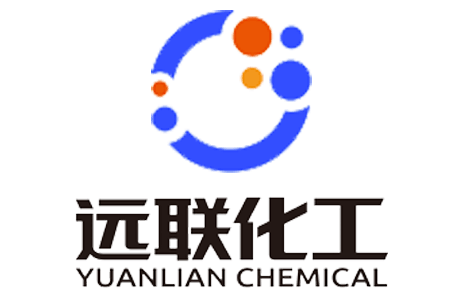
Tetrasodium Glutamate Diacetate(GLDA-Na4)
Contact Us
CAS No: 51981-21-6
Molecular formula: C9H9NO8Na4
Chemical name: L-glutamic acid N,N-diacetic acid, tetrasodium salt; GLDA-Na 4
INCI name: Tetrasodium Glutamate Diacetate; Tetrasodium Dicarboxymethyl Glutamate
Tetrasodium Glutamate Diacetate, also known as Tetrasodium Dicarboxymethyl Glutamate, GLDA-Na4 for short.
GLDA-Na4 is a new type of green degradable chelating agent, can replace traditional phosphonates, EDTA, NTA. The product is suit for a wide pH range, with high solubility, high temperature resistance, strong detergency, no ecological toxicity, has synergistic effect with fungicides, and no irritation to skin and eyes.
Application:
- cleaning agents,
- detergents,
- textile auxiliaries,
- daily chemicals,
- oilfield water treatment,
- pulp and paper auxiliaries,
- metal surface treatment, etc.
Technical Specifications
| Items | GLDA-Na4 solution |
| Appearance | Light yellow viscous liquid |
| Content /% | ≥47 |
| pH value | ≥8.5 |
| Density(20℃) g/cm3 | ≥1.20 |
Features of GLDA-Na4
1. High solubility under wide pH
GLDA has good solubility in strong acid to high alkali systems, and has better advantages for formulating high active ingredients and low water content formulation systems.
2. Good stability under high temperature
By thermogravimetric analysis, GLDA is tested at 170°C for 6 hours or at 150°C for a week. GLDA has no decomposition and is extremely stable. Compared with other chelating agent products at 100°C, it has the best performance.
3. Strong chelating ability
GLDA has a good effect on all kinds of difficult-to-clean calcium scales or difficult-to-clean equipment.
4. Has the effect of antiseptic and synergistic
Because GLDA has natural amino acid components, it has a stronger binding ability with animal cell walls, and thus play a role in antiseptic and synergistic. After experiments, we found that GLDA has obvious antiseptic and sterilization synergies in many fungicides, which can save 20%-80% of the usage.




Contact us